I swing by the Oslo Opera House whenever I need headspace, that white slope pulls you up to a clean horizon. I have watched winter sunset from the roof and sprinted for premieres in the oak-lined lobby. If you want the stories while you walk, start the StoryHunt Oslo audiowalk and let it guide you to the water.
What is the story behind Oslo Opera House?
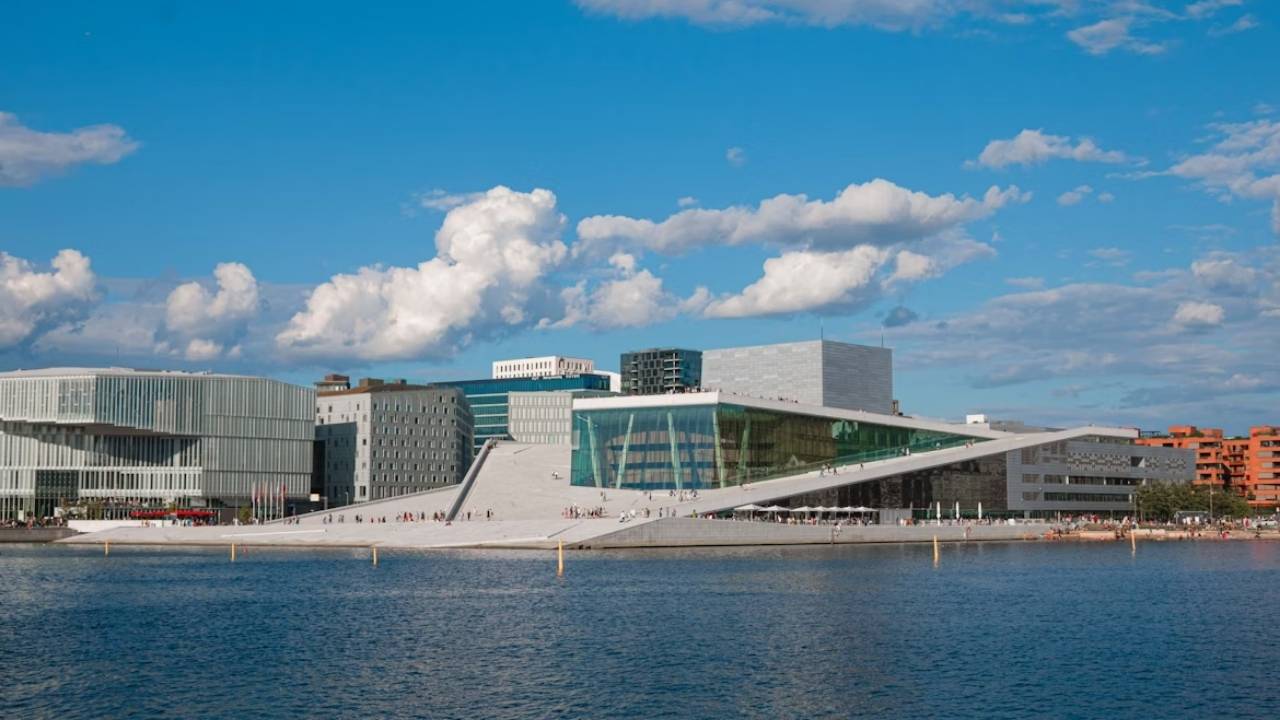
Opened in 2008, the Opera House transformed Bjørvika from docks to culture hub. Designed by Snøhetta, it rises like a glacier with a roof you can walk, clad in Italian marble and Norwegian granite. Inside, the Norwegian National Opera and Ballet perform on a main stage tuned for acoustics. The building is managed by Statsbygg and anchors the fjord city redevelopment.
- Architects: Snøhetta
- Opened: 2008, client Statsbygg
- Resident company: Norwegian National Opera and Ballet
For context at each viewpoint, queue up the StoryHunt audiowalk as you approach across the plaza.
What is Oslo Opera House famous for?
The big draw is the sloped roof, free to climb and open year round, plus the way stone, glass, and water meet in long reflections. Architecture fans come for detailing, from the oak wave in the foyer to tactile patterns underfoot. It also hosts acclaimed opera and ballet, so evenings buzz. Views stretch to Akershus Fortress and islands when the light plays nice.
- Walkable roof with harbor panoramas
- Award-winning architecture and materials
- World-class opera and ballet performances
Is Oslo Opera House free to enter?
Yes, access to the roof and public foyer is free during opening hours, though performances and tours require tickets. Security may cordon areas for events. I like to wander the lobby on quiet mornings, then head up the ramps to the roof for a wind-check. Interiors beyond public zones are restricted, so save time by checking signage at the doors.
- Roof and foyer: free access
- Tours and shows: ticketed
- Event days: partial closures possible
What to wear to Oslo Opera House?
For daytime wandering, dress like you would for a waterfront walk: layers, grippy shoes in winter, sunglasses on bright days. For evening performances, smart casual is the norm, you will see everything from neat knits to suits. The roof can be slick after rain or snow, so avoid smooth soles and bring a hat, that fjord breeze finds you quickly.
- Day: weather layers, good soles
- Evening: smart casual, no strict code
- Winter: watch for ice on the roof
Can you walk on the roof of Oslo Opera House?
Yes, and it is the signature experience. Ramps lift you from sea level to a broad viewing deck with lines etched into the stone to improve grip. Respect roped areas, especially in winter when sections close for safety. I usually loop counterclockwise, pausing at the higher corner to line up Akershus Fortress and the islands for photos, then coast back down.
How long does it take to visit the Oslo Opera House?
A good roof loop with photos takes 30 to 40 minutes. Add 20 minutes to browse the lobby and shop, or much longer if you are catching a show. If you plan a sunset watch, give yourself an hour, the light shifts quickly. Pair it with a short harbour stroll and you have a perfect first stop in Oslo.
- Quick look: 20 to 30 minutes
- Roof plus foyer: 45 to 60 minutes
- Performance night: 2.5 to 3 hours
Make it seamless, follow the StoryHunt audiowalk from Oslo S to the Opera without fuss.
Who designed the Oslo Opera House?
The building was designed by the Norwegian practice Snøhetta, known for landscape-like architecture that invites public use. The exterior uses white marble from Carrara and Norwegian granite, while the foyer wraps visitors in pale oak shaped like a rising wave. The design won the European Union Prize for Contemporary Architecture, the Mies van der Rohe Award, in 2009.
Is it worth seeing Oslo Opera House?
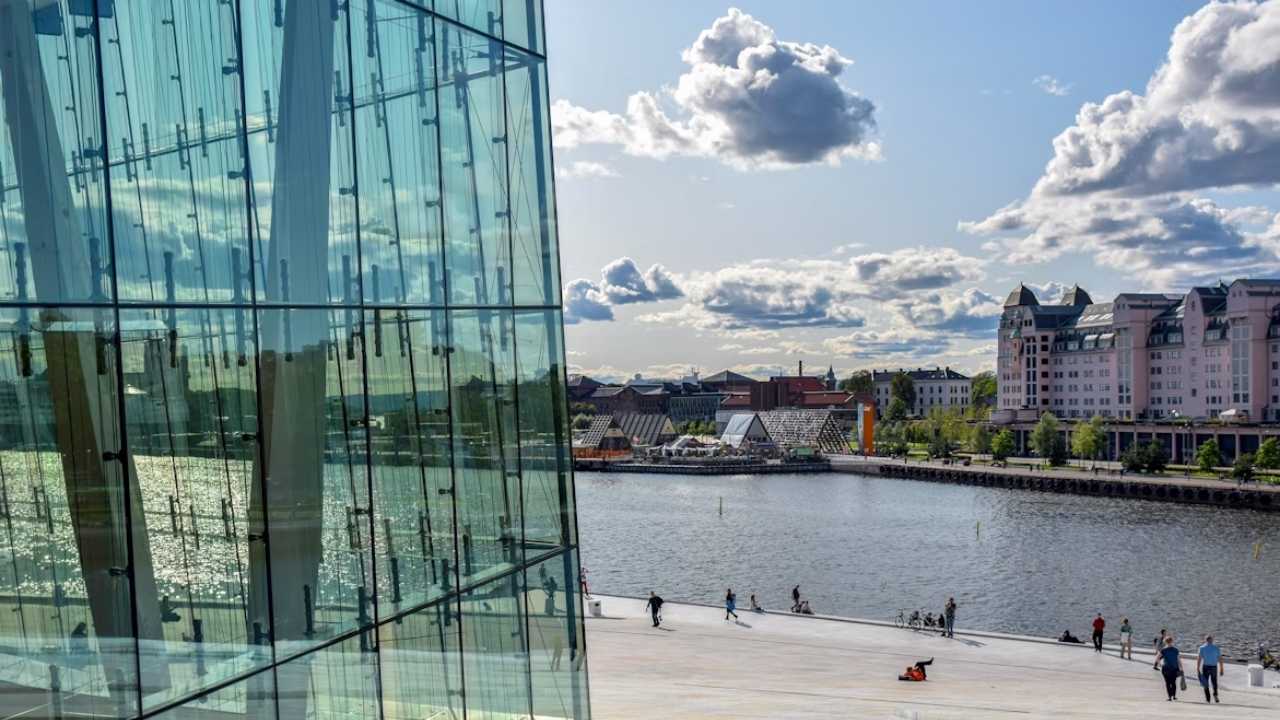
Absolutely, with one caveat. The roof and foyer are free, generous, and photogenic, but if you expect ornate interiors, this is minimal and material-driven. On grey days the plaza can feel stark. The upside is clarity, space, and a democratic welcome. For the richest visit, time your loop with golden hour and let StoryHunt’s audio point out details you might miss.
What else is nearby Oslo Opera House?
The Opera sits in a compact cluster of the most interesting things to do in Oslo, perfect for a half-day on foot. Start at Oslo Central Station, then flow to Parliament and the waterfront before looping uphill to the Palace. It is an easy, car-light route with plenty of coffee stops.
- Akershus Fortress, ramparts and royal history
- Oslo City Hall, murals and Nobel Peace Prize venue
- Stortinget, Norway’s Parliament on Karl Johans gate
- The Royal Palace, gardens and guard change
Ready to explore with context and fewer screens, pop in your headphones and let StoryHunt guide your Oslo day.
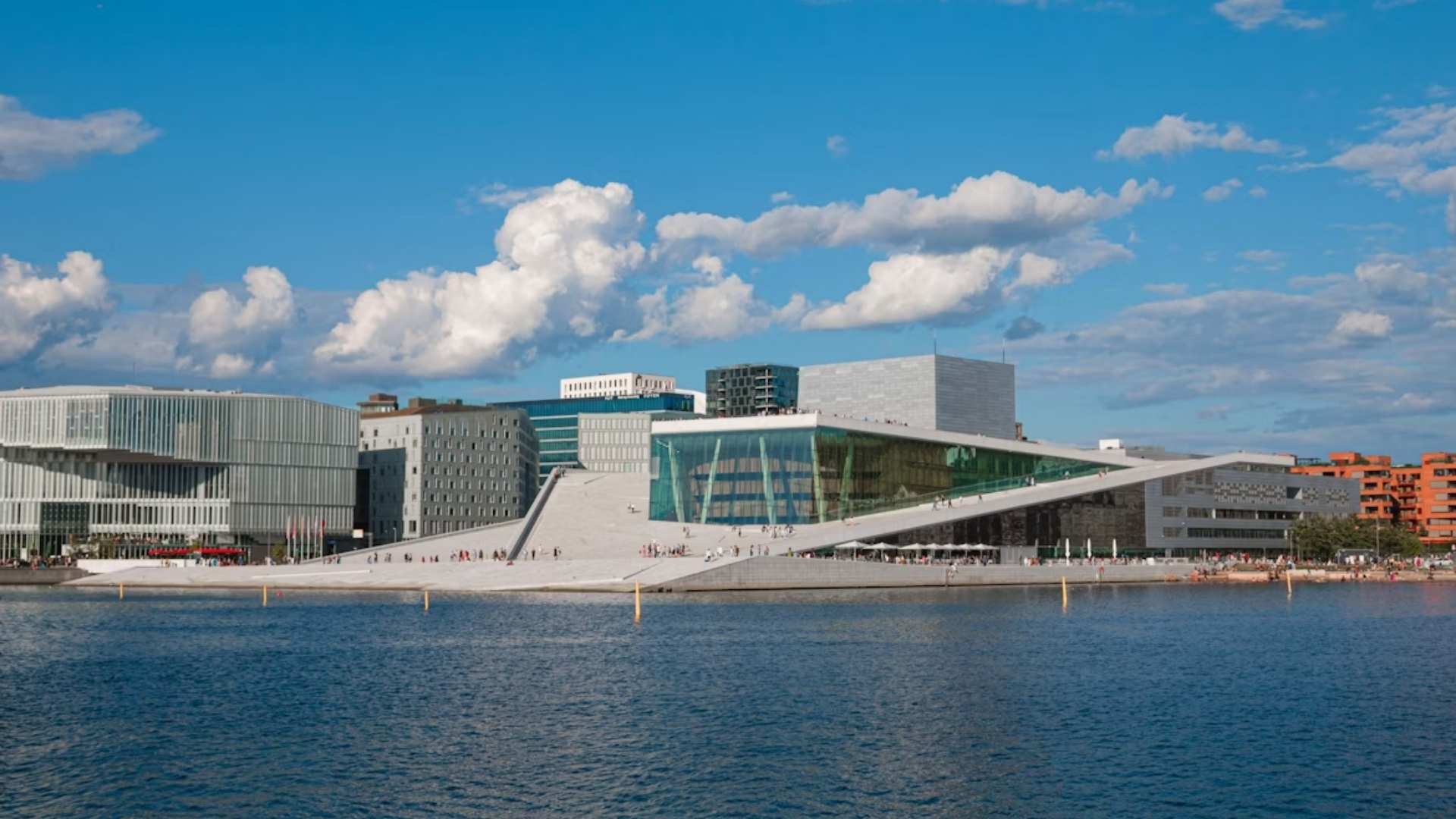
.webp)

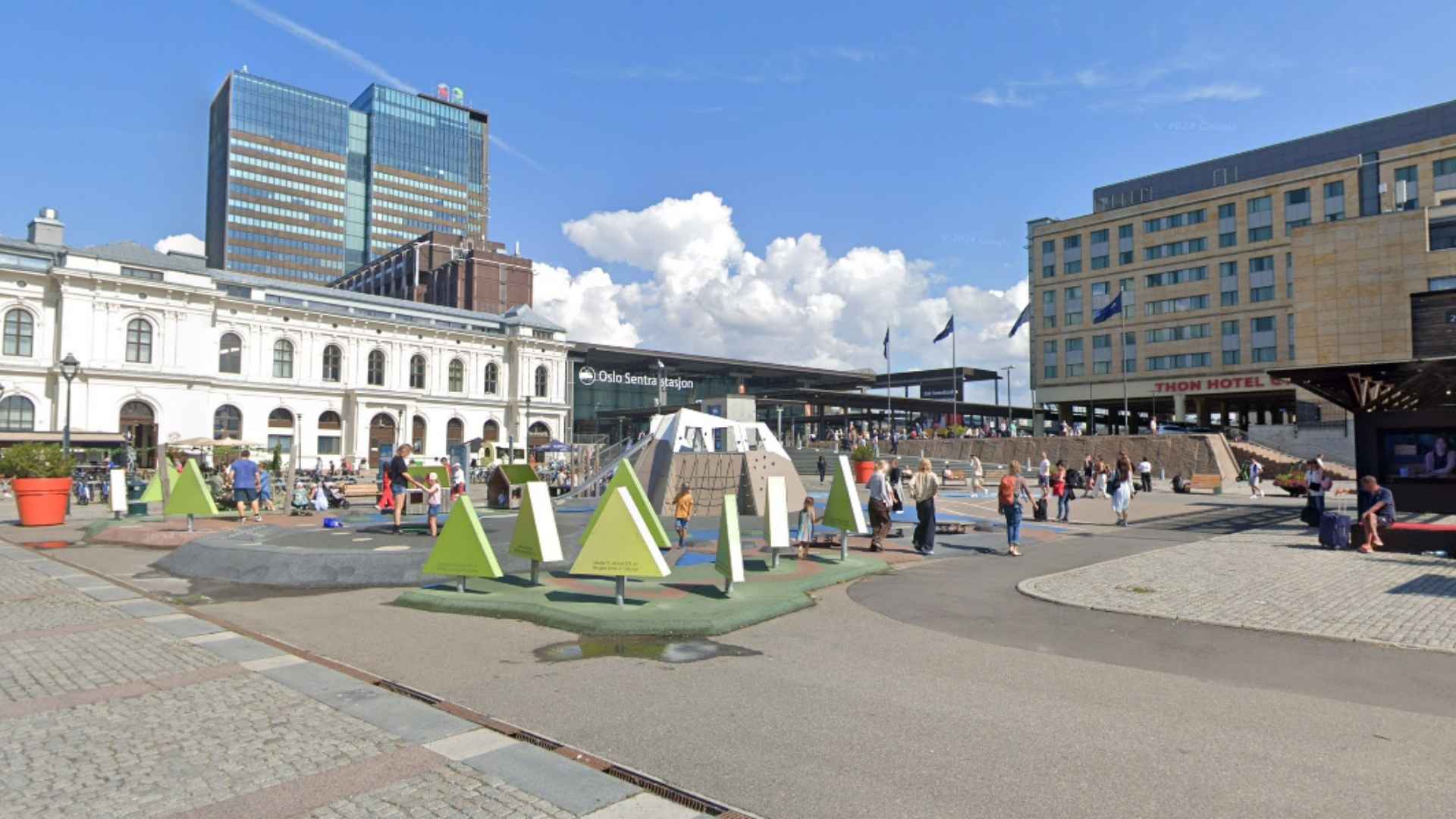
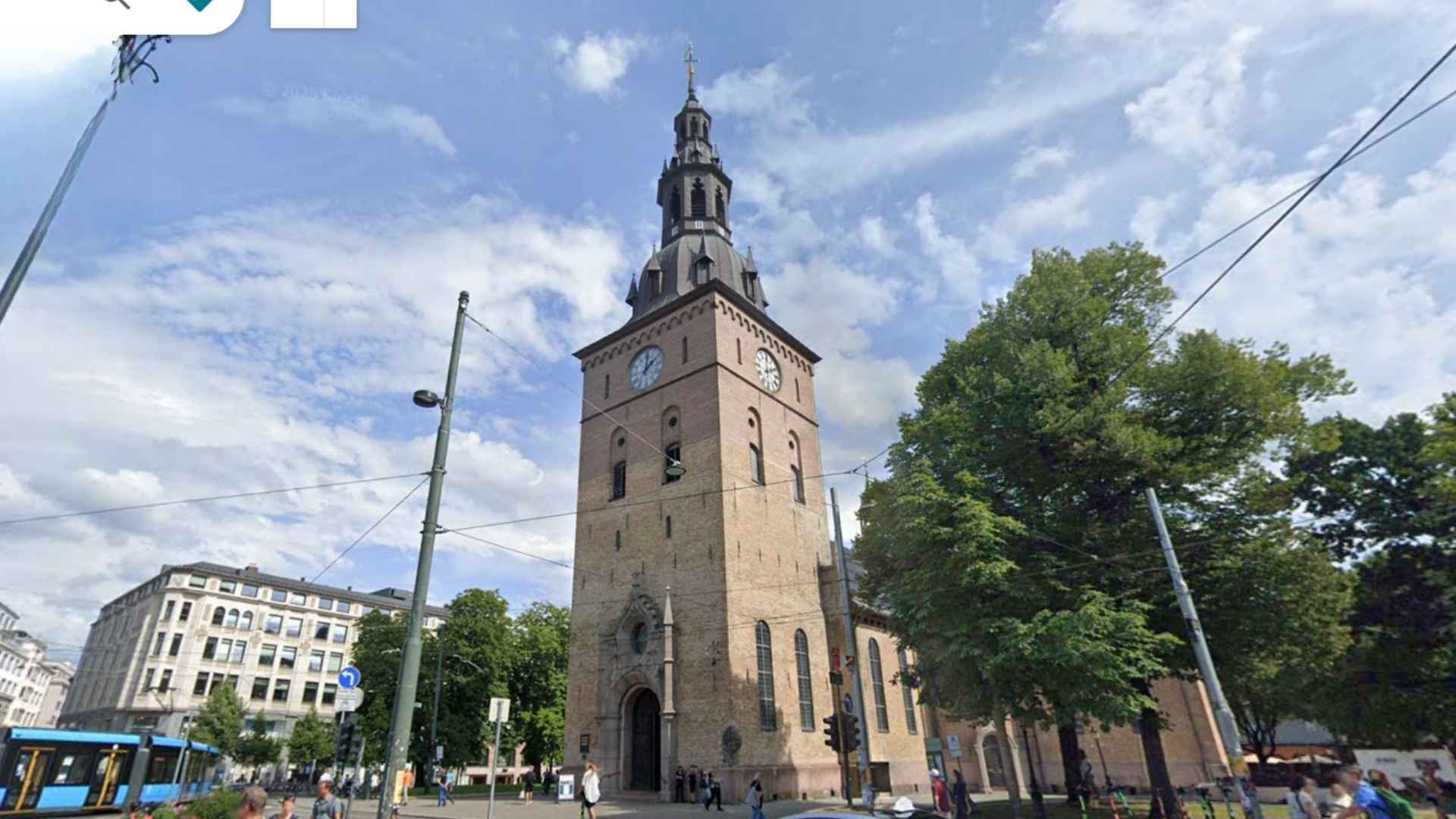
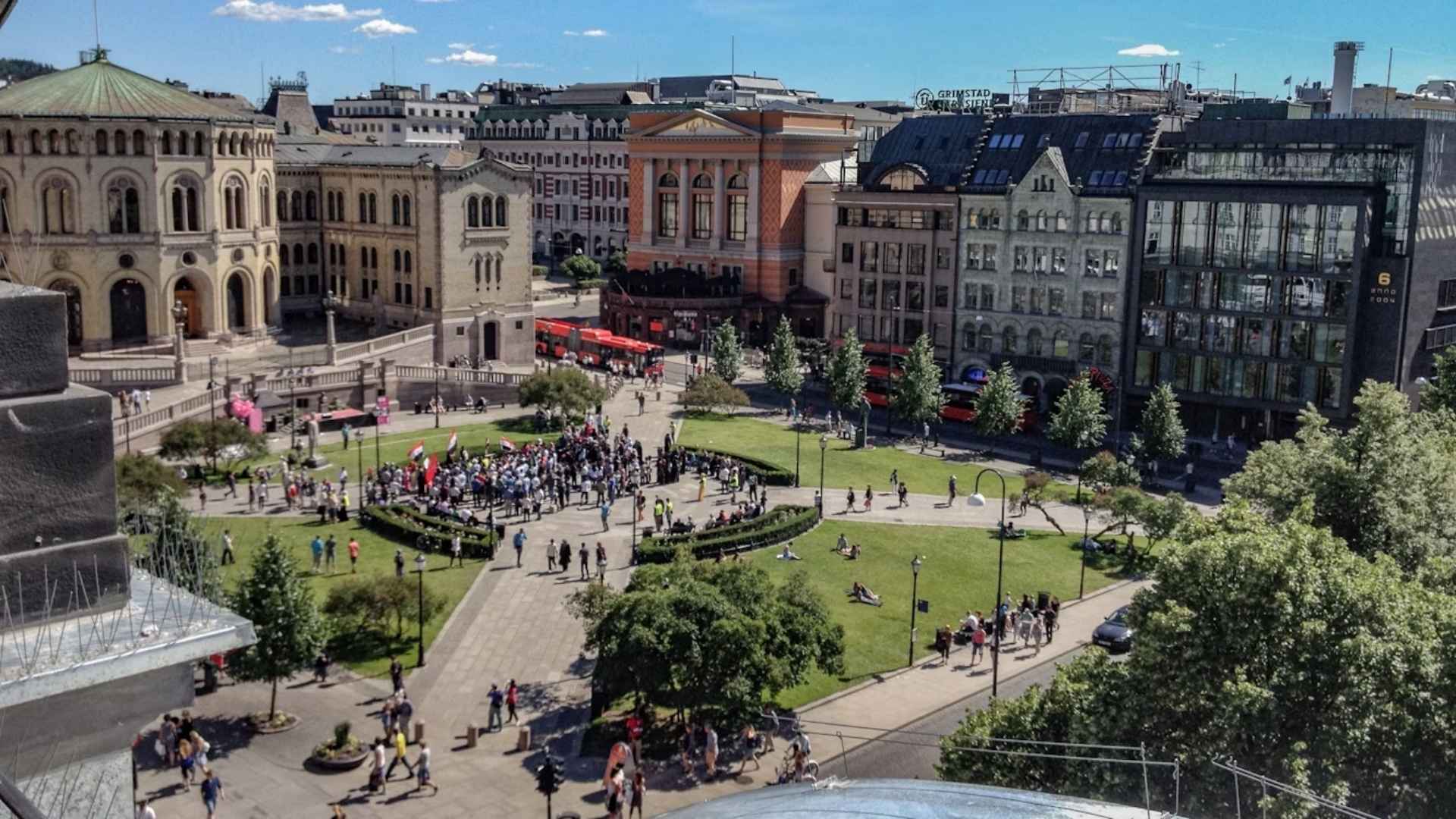

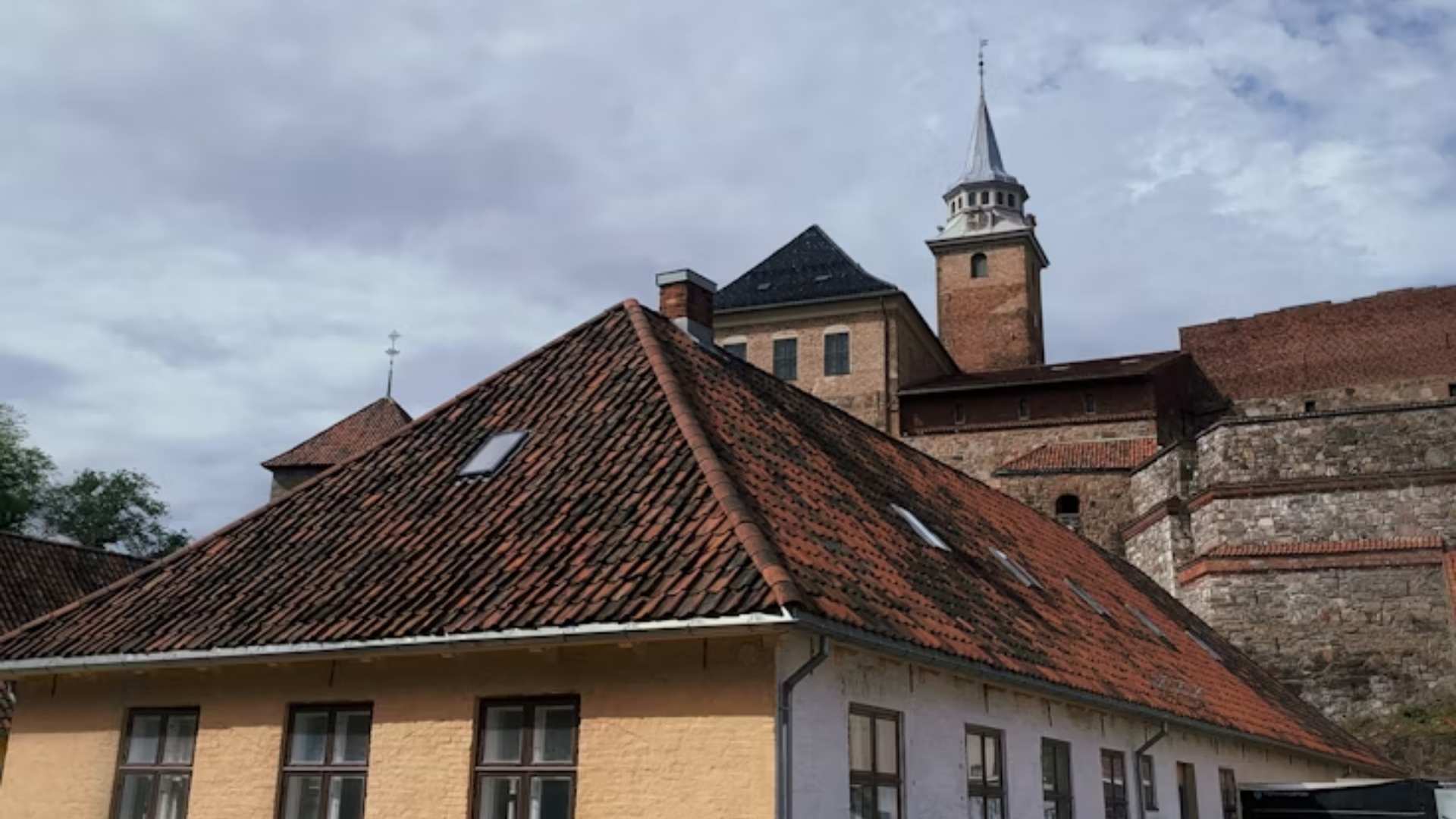
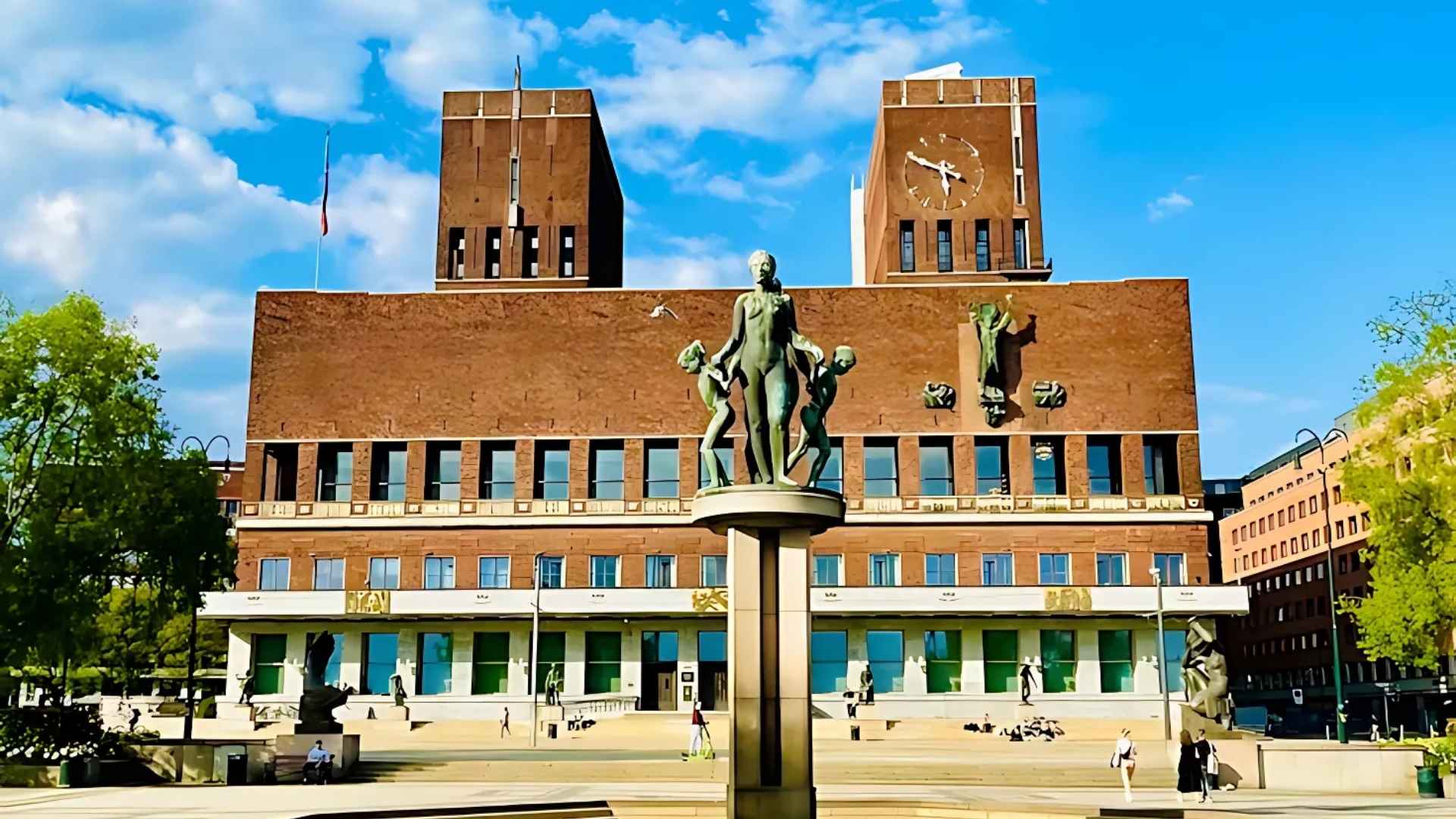
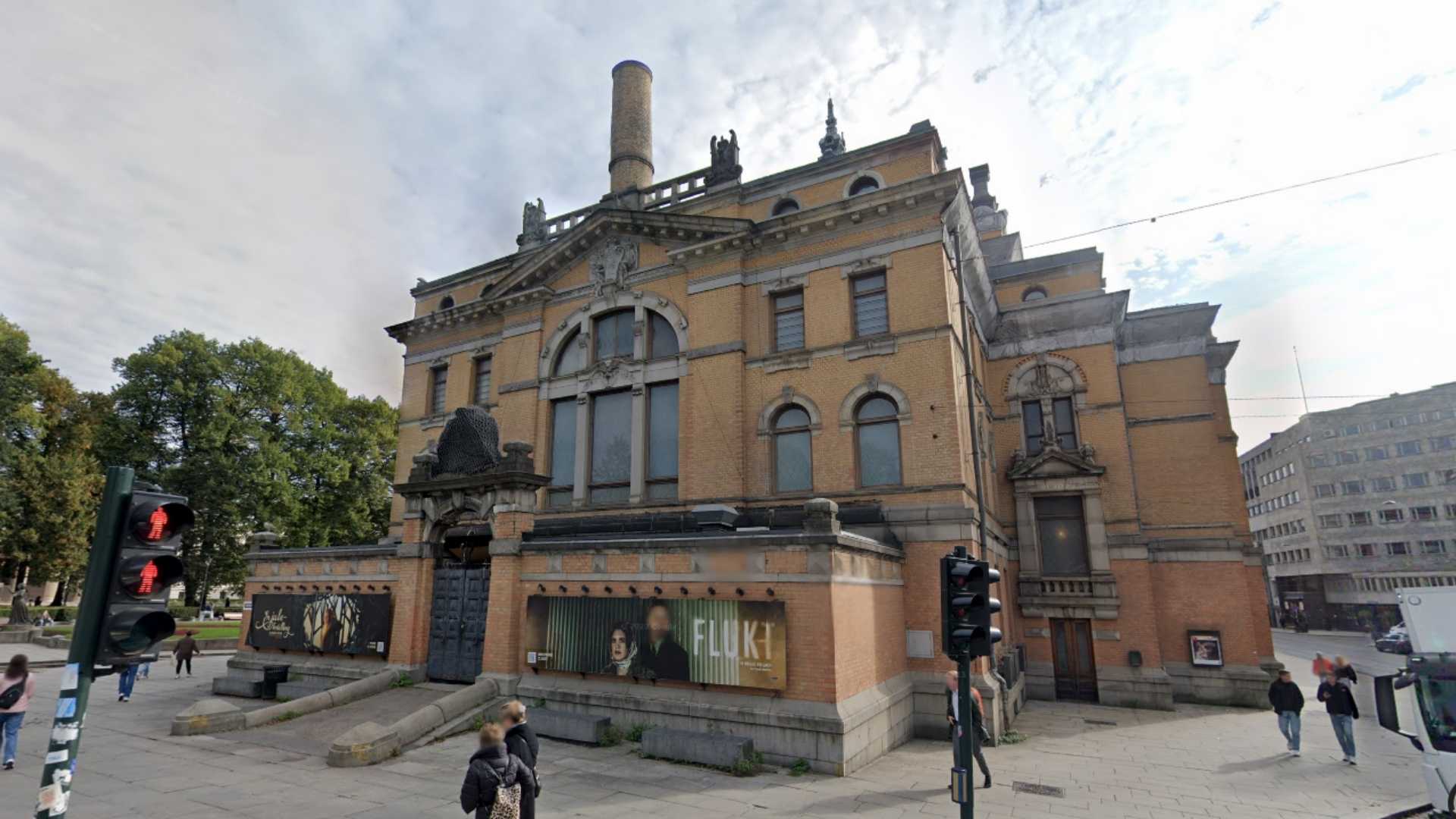
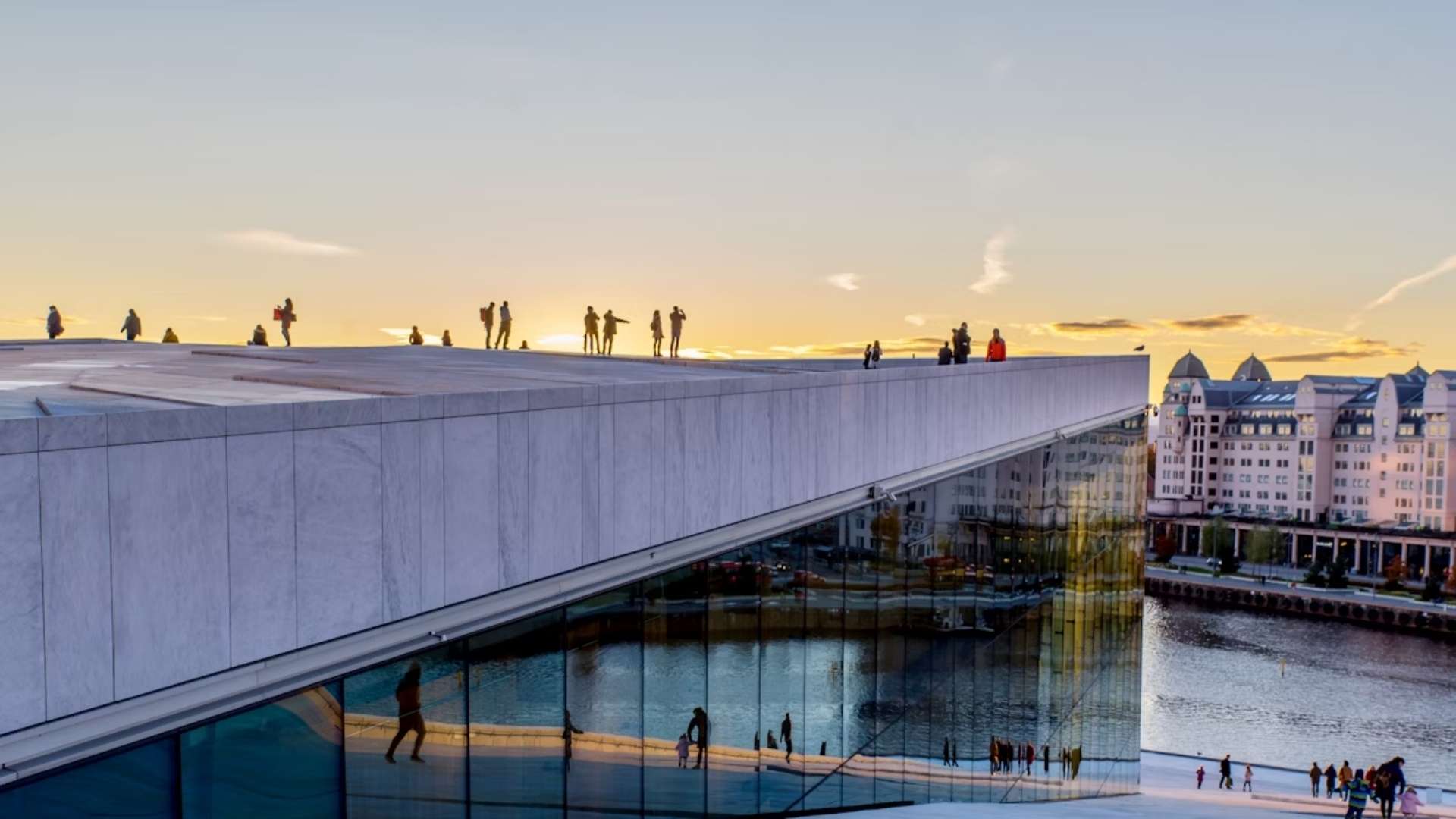
.avif)





